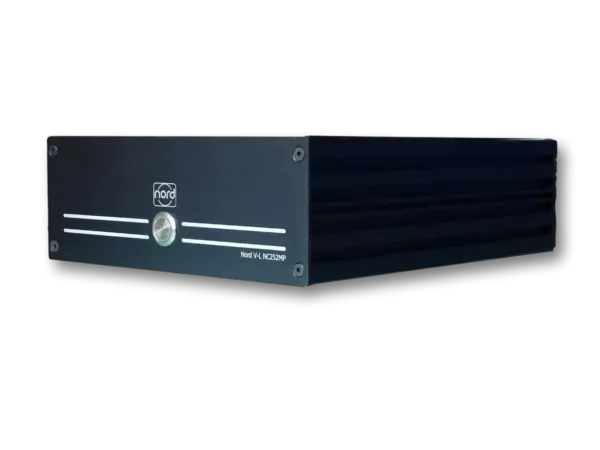I second that thought.Thanks for the review.
For a little more (~430 usd) I would definitely get an NC252MP based amp like the Nord below (link measurements from KJF). Better high frequency behavior, more power, internal power supply.

Nord Value-Line MP NC252 Stereo Power Amplifier - Nord Acoustics Ltd
SPECIFICATION (Per Channel) • Standard Stereo Case (optional SE case) • Hypex NCore NC252MP twin channel Module • RCA or XLR Input • Auto sensing 100-240V mains input operation • 0.12W standby operation • 650W Main PSU • 47K Ohms Input Impedance, low output impedance • THD 0.0015% • S/N Ratio...nordacoustics.co.uk
I purchased a Buckeye NC252 from Dylan for a similar price (US$575 plus shipping to Aus) and am extremely happy as it is very clean (SINAD 94db) and powerful (150W into 8ohms). When you take into consideration US assembled vs China, and the failure rate of recent Topping amps, it is IMO a no brainer.
I greatly appreciate Amir introducing us to new products at ever increasing performances and ever decreasing prices, his work is invaluable for all audio enthusiasts, however, service and reliability have a place and Dylan is great to deal with.
Last edited:
